Contents
Preface
Introduction
Challenges of NLP
Neural Networks and Deep Learning
Deep Learning in NLP
Coverage and Organization
What's not Covered
A Note on Terminology
Mathematical Notation
Supervised Classification & Feed-Forward NNs
Learning Basics & Linear Models
Supervised Learning and Parameterized Functions
Train, Test, and Validation Sets
Linear Models
Binary Classification
Log-linear Binary Classification
Multi-class Classification
Representations
One-Hot and Dense Vector Representations
Log-linear Multi-class Classification
Training as Optimization
Loss Functions
Regularization
Gradient-based Optimization
Stochastic Gradient Descent
Worked-out Example
Beyond SGD
From Linear Models to Multi-layer Perceptrons
Limitations of Linear Models: The XOR Problem
Nonlinear Input Transformations
Kernel Methods
Trainable Mapping Functions
Feed-Forward NNs
A Brain-inspired Metaphor
In Mathematical Notation
Representation Power
Common Nonlinearities
Loss Functions
Regularization and Dropout
Similarity and Distance Layers
Embedding Layers
Neural Network Training
The Computation Graph Abstraction
Forward Computation
Backward Computation (Derivatives, Backprop)
Software
Implementation Recipe
Network Composition
Practicalities
Choice of Optimization Algorithm
Initialization
Restarts and Ensembles
Vanishing and Exploding Gradients
Saturation and Dead Neurons
Shuffling
Learning Rate
Minibatches
--- Natural Language Data
Features for Textual Data
Typology of NLP Classification Problems
Features for NLP Problems
Directly Observable Properties
Inferred Linguistic Properties
Core Features vs. Combination Features
Ngram Features
Distributional Features
Case Studies of NLP Features
Document Classification: Language Identification
Document Classification: Topic Classification
Document Classification: Authorship Attribution
Word-in-context: Part of Speech Tagging
Word-in-context: Named Entity Recognition
Word in Context, Linguistic Features: Preposition Sense Disambiguation
Relation Between Words in Context: Arc-Factored Parsing
From Textual Features to Inputs
Encoding Categorical Features
One-hot Encodings
Dense Encodings (Feature Embeddings)
Dense Vectors vs. One-hot Representations
Combining Dense Vectors
Window-based Features
Variable Number of Features: Continuous Bag of Words
Relation Between One-hot and Dense Vectors
Odds and Ends
Distance and Position Features
Padding, Unknown Words, and Word Dropout
Feature Combinations
Vector Sharing
Dimensionality
Embeddings Vocabulary
Network's Output
Example: Part-of-Speech Tagging
Example: Arc-factored Parsing
Language Modeling
The Language Modeling Task
Evaluating Language Models: Perplexity
Traditional Approaches to Language Modeling
Further Reading
Limitations of Traditional Language Models
Neural Language Models
Using Language Models for Generation
Byproduct: Word Representations
Pre-trained Word Representations
Random Initialization
Supervised Task-specific Pre-training
Unsupervised Pre-training
Using Pre-trained Embeddings
Word Embedding Algorithms
Distributional Hypothesis and Word Representations
From Neural Language Models to Distributed Representations
Connecting the Worlds
Other Algorithms
The Choice of Contexts
Window Approach
Sentences, Paragraphs, or Documents
Syntactic Window
Multilingual
Character-based and Sub-word Representations
Dealing with Multi-word Units and Word Inflections
Limitations of Distributional Methods
Word Embeddings
Obtaining Word Vectors
Word Similarity
Word Clustering
Finding Similar Words
Similarity to a Group of Words
Odd-one Out
Short Document Similarity
Word Analogies
Retrofitting and Projections
Practicalities and Pitfalls
Case Study - Feed-Forward Architecture for Sentence Meaning Inference
Natural Language Inference and the SNLI Dataset
A Textual Similarity Network
--- Specialized Architectures
Ngram Detectors - Convolutional NNs
Basic Convolution + Pooling
1D Convolutions Over Text
Vector Pooling
Variations
Alternative: Feature Hashing
Hierarchical Convolutions
Recurrent NNs - Modeling Sequences & Stacks
The RNN Abstraction
RNN Training
Common RNN Usage-patterns
Acceptor
Encoder
Transducer
Bidirectional RNNs (biRNN)
Multi-layer (stacked) RNNs
RNNs for Representing Stacks
A Note on Reading the Literature
Concrete Recurrent NN Architectures
CBOW as an RNN
Simple RNN
Gated Architectures
LSTM
GRU
Other Variants
Dropout in RNNs
Modeling with Recurrent Networks
Acceptors
Sentiment Classification
Subject-verb Agreement Grammaticality Detection
RNNs as Feature Extractors
Part-of-speech Tagging
RNN–CNN Document Classification
Arc-factored Dependency Parsing
Conditioned Generation
RNN Generators
Training Generators
Conditioned Generation (Encoder-Decoder)
Sequence to Sequence Models
Applications
Other Conditioning Contexts
Unsupervised Sentence Similarity
Conditioned Generation with Attention
Computational Complexity
Interpretability
Attention-based Models in NLP
Machine Translation
Morphological Inflection
Syntactic Parsing
--- Additional Topics
Modeling Trees with Recursive NNs
Formal Definition
Extensions and Variations
Training Recursive Neural Networks
A Simple Alternative–Linearized Trees
Outlook
Structured Output Prediction
Search-based Structured Prediction
Structured Prediction with Linear Models
Nonlinear Structured Prediction
Probabilistic Objective (CRF)
Approximate Search
Reranking
See Also
Greedy Structured Prediction
Conditional Generation as Structured Output Prediction
Examples
Search-based Structured Prediction: First-order Dependency Parsing
Neural-CRF for Named Entity Recognition
Approximate NER-CRF With Beam-Search
Cascaded, Multi-task & Semi-supervised Learning
Model Cascading
Multi-task Learning
Training in a Multi-task Setup
Selective Sharing
Word-embeddings Pre-training as Multi-task Learning
Multi-task Learning in Conditioned Generation
Multi-task Learning as Regularization
Caveats
Semi-supervised Learning
Examples
Gaze-prediction and Sentence Compression
Arc Labeling and Syntactic Parsing
Preposition Sense Disambiguation and Preposition Translation Prediction
Conditioned Generation: Multilingual Machine Translation, Parsing, and Image Captioning
Outlook
Conclusion
What Have We Seen?
The Challenges Ahead
Biblio


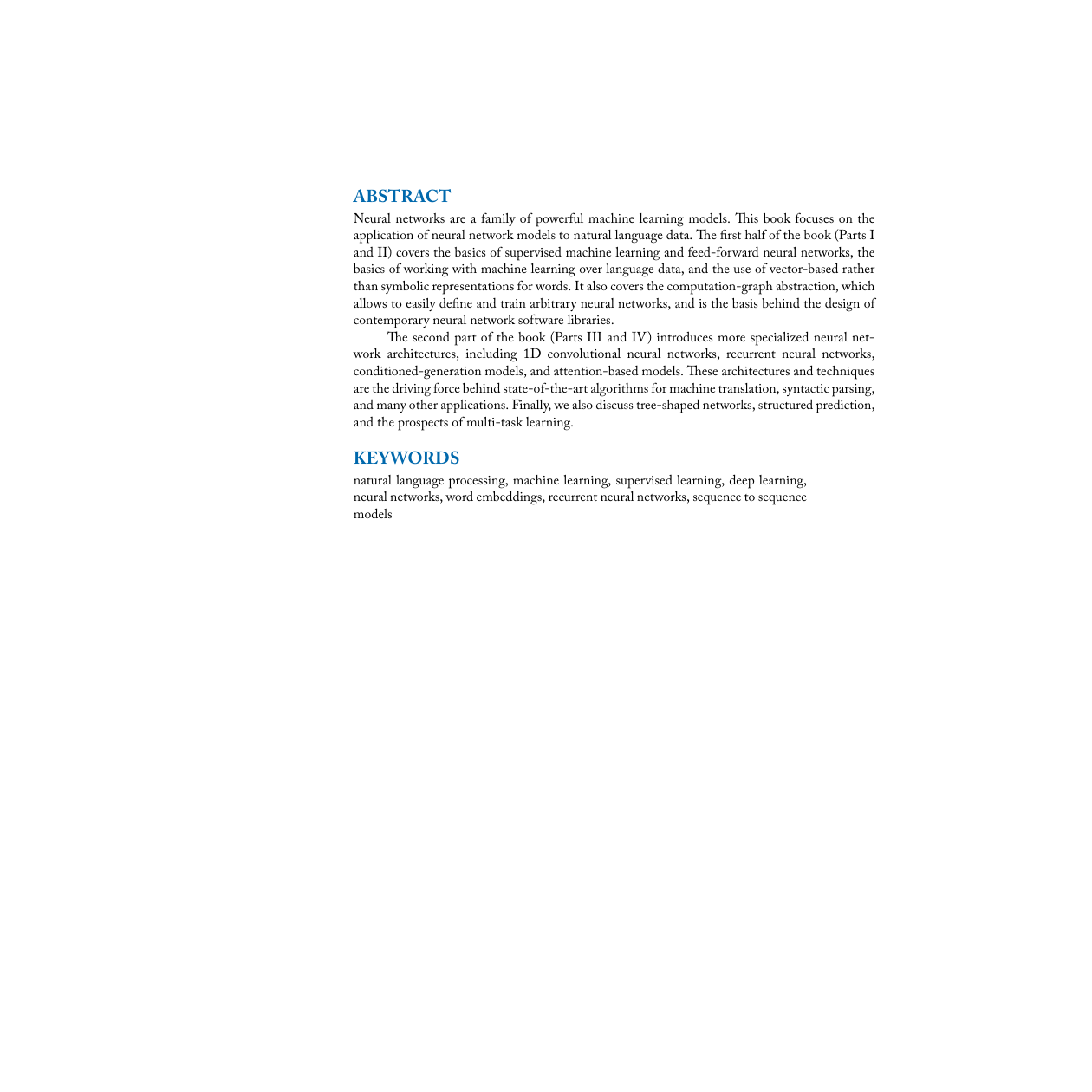
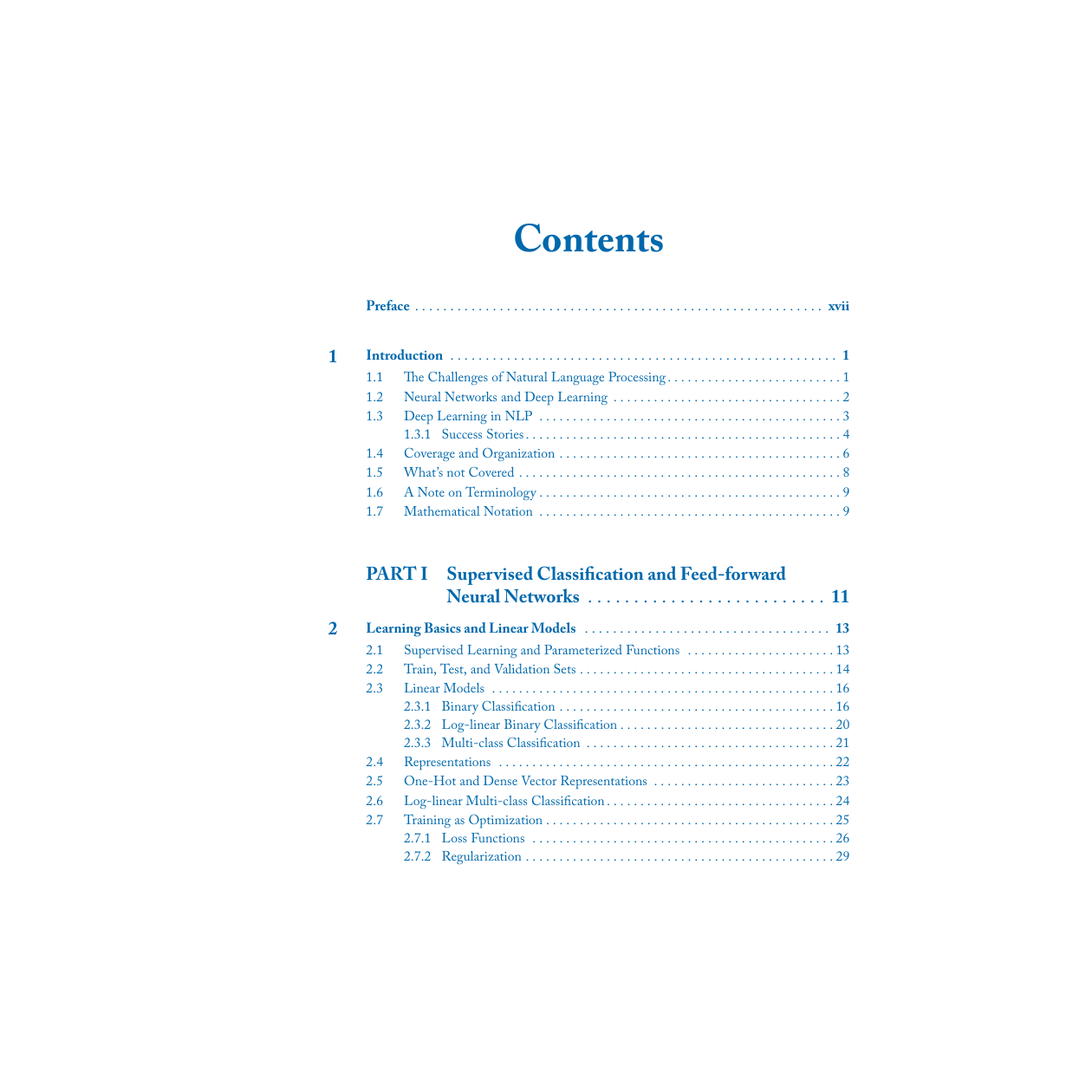
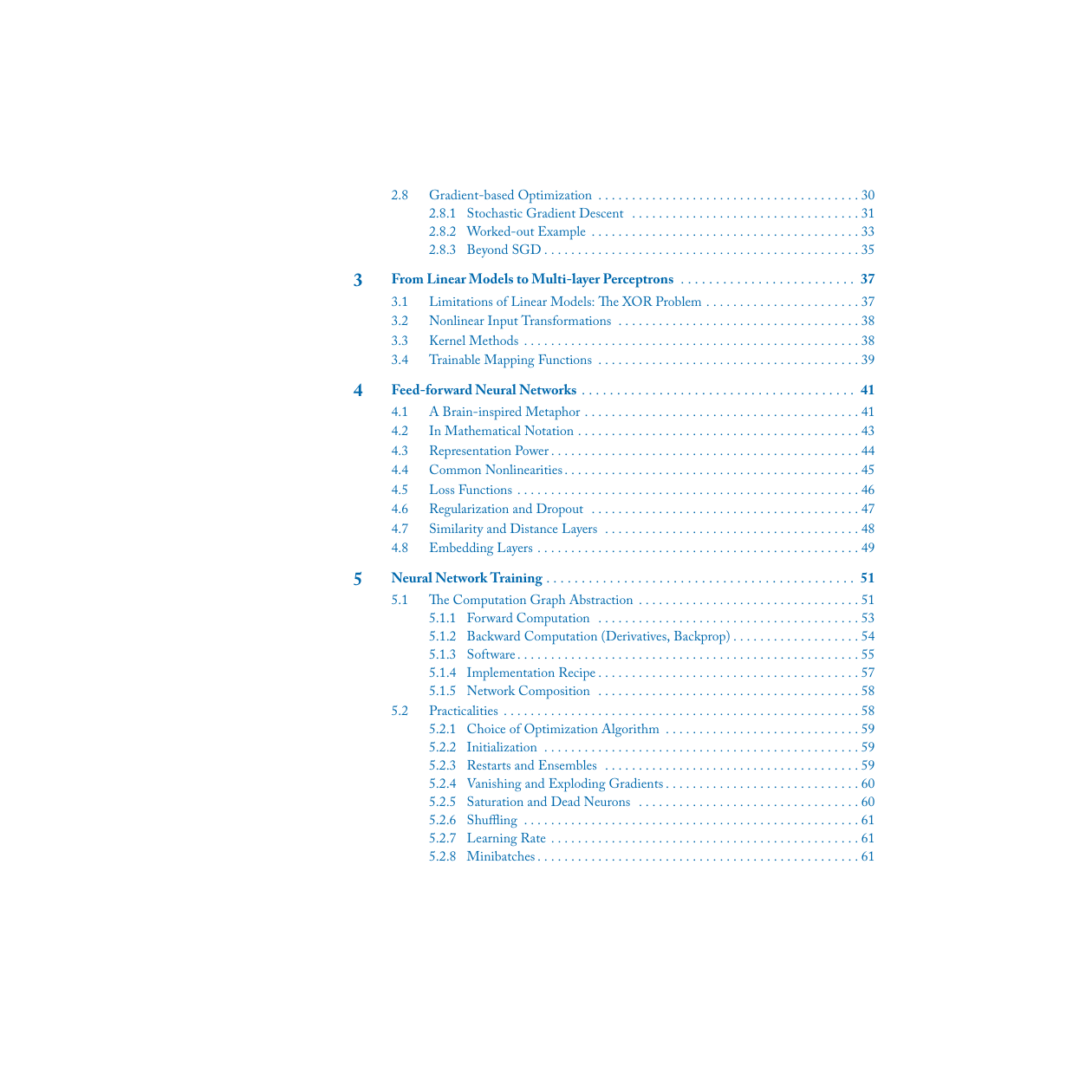
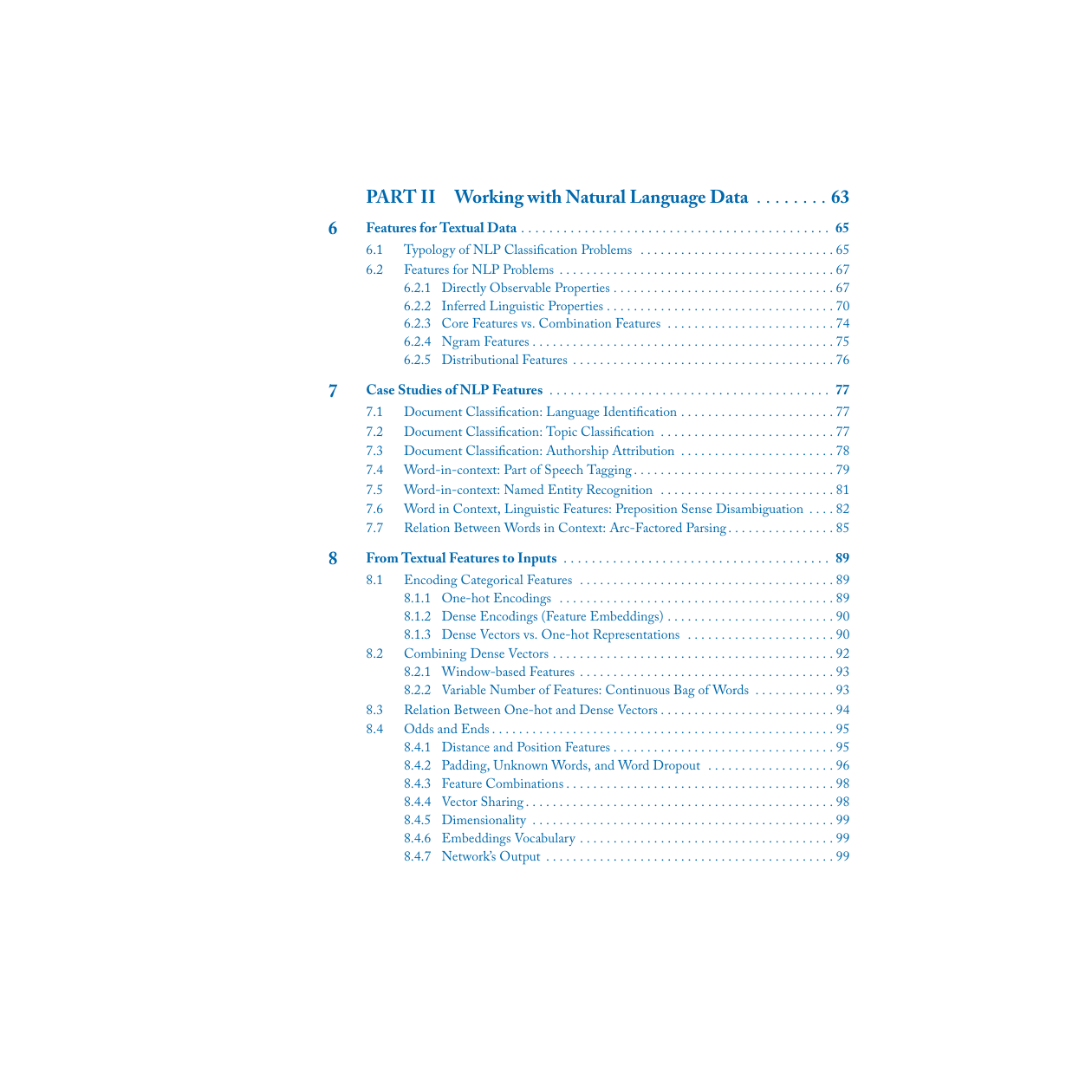
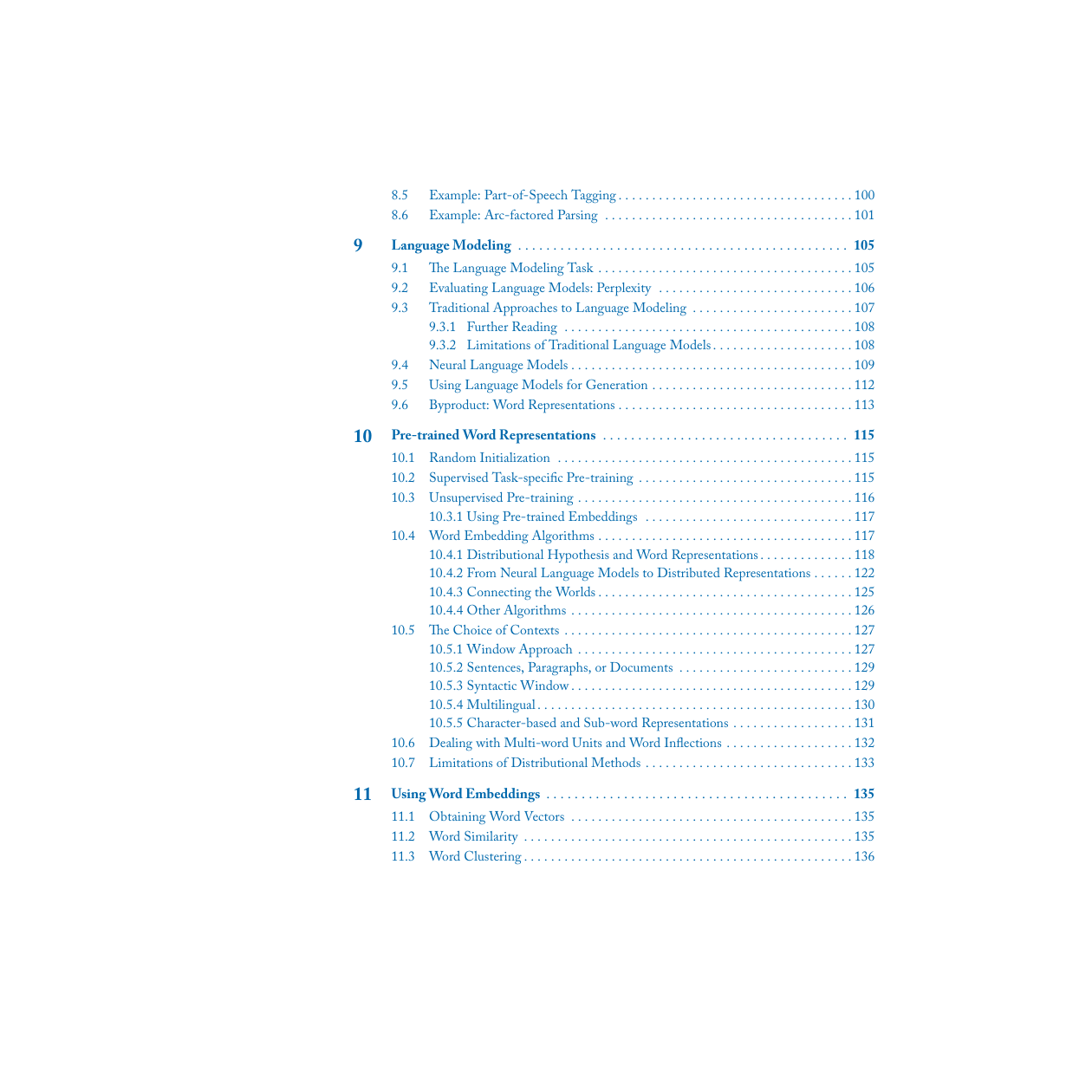
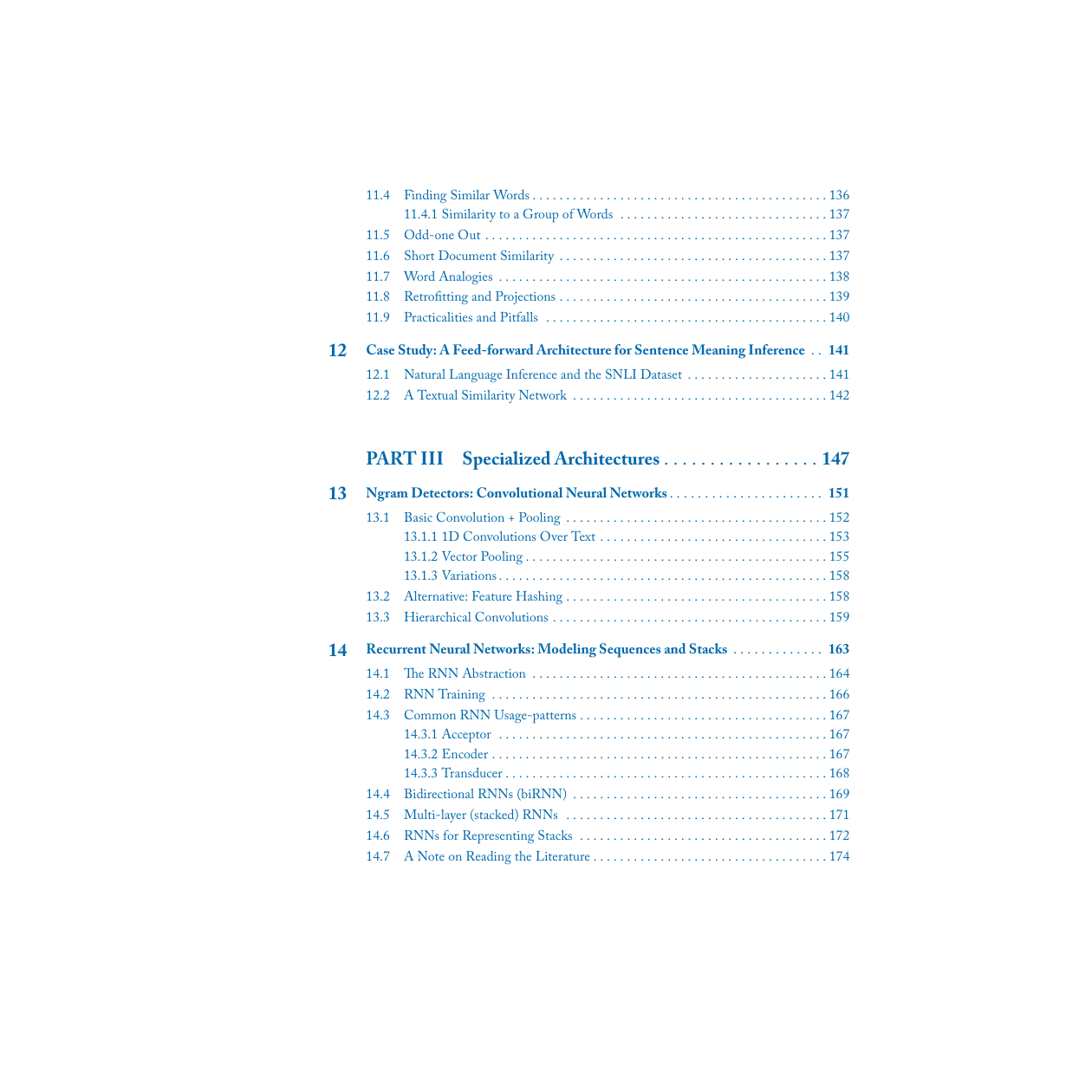








 2023年江西萍乡中考道德与法治真题及答案.doc
2023年江西萍乡中考道德与法治真题及答案.doc 2012年重庆南川中考生物真题及答案.doc
2012年重庆南川中考生物真题及答案.doc 2013年江西师范大学地理学综合及文艺理论基础考研真题.doc
2013年江西师范大学地理学综合及文艺理论基础考研真题.doc 2020年四川甘孜小升初语文真题及答案I卷.doc
2020年四川甘孜小升初语文真题及答案I卷.doc 2020年注册岩土工程师专业基础考试真题及答案.doc
2020年注册岩土工程师专业基础考试真题及答案.doc 2023-2024学年福建省厦门市九年级上学期数学月考试题及答案.doc
2023-2024学年福建省厦门市九年级上学期数学月考试题及答案.doc 2021-2022学年辽宁省沈阳市大东区九年级上学期语文期末试题及答案.doc
2021-2022学年辽宁省沈阳市大东区九年级上学期语文期末试题及答案.doc 2022-2023学年北京东城区初三第一学期物理期末试卷及答案.doc
2022-2023学年北京东城区初三第一学期物理期末试卷及答案.doc 2018上半年江西教师资格初中地理学科知识与教学能力真题及答案.doc
2018上半年江西教师资格初中地理学科知识与教学能力真题及答案.doc 2012年河北国家公务员申论考试真题及答案-省级.doc
2012年河北国家公务员申论考试真题及答案-省级.doc 2020-2021学年江苏省扬州市江都区邵樊片九年级上学期数学第一次质量检测试题及答案.doc
2020-2021学年江苏省扬州市江都区邵樊片九年级上学期数学第一次质量检测试题及答案.doc 2022下半年黑龙江教师资格证中学综合素质真题及答案.doc
2022下半年黑龙江教师资格证中学综合素质真题及答案.doc